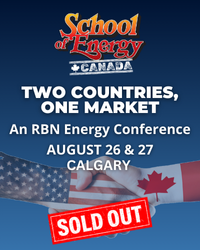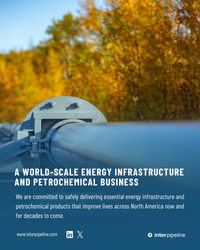Shipping Alberta’s fast-rising bitumen production to market through pipelines or on insulated rail cars depends on sufficient supplies of diluent, a variety of light hydrocarbons that, when blended with molasses-like bitumen, reduce the viscosity of the resulting mix. The problem is, in-region production of diluent — an economically favorable alternative to pipeline imports from the U.S. — has been growing more slowly than it was a few years ago, and increased demand for imported condensate could result in those pipelines being maxed out. In today’s RBN blog, we delve into what may be behind the slowing pace of Western Canadian diluent production and what the implications might be.
We have blogged many times about Alberta’s fast-rising production of oil sands bitumen, most recently in Higher Power. We’ve also discussed how diluent reaches the oil sands in our four-part series He Ain’t Heavy, He’s My Diluent. And, in Closer to Home, we examined the blending ratios needed for “dilbit” —the diluent-bitumen blend used in pipelines — and for “railbit” — the blend used in insulated rail cars.
Before we go any further, we have to cover a few definitions. First, as alluded to earlier, diluent is any form of light liquid hydrocarbon that can be mixed with bitumen that reduce its viscosity and allow it to be transported by pipeline or in insulated rail cars. Diluent can take a number of forms such as a light crude oil, butane, or condensate. It’s that last word — condensate — that require some exact definitions since the U.S. and Canadian energy industry throw around the word a bit too loosely sometimes.
In the U.S., field condensate refers to a light liquid hydrocarbon with an API gravity in the range of 55 to 60 degrees that is produced at or near the wellhead using a stabilizer unit. In Canada, this is often referred to more simply as condensate. Another important term used in the U.S. is natural gasoline, an extremely light liquid hydrocarbon produced at gas processing plants that has an API gravity at or greater than 80 degrees. In Canada, natural gasoline is often referred to as C5+ or pentanes plus. To make matters slightly more confusing, because of the way pentanes plus and condensate are used in Canada — almost exclusively as diluent for bitumen — both are often lumped together under the term condensate.
Join Backstage Pass to Read Full Article










